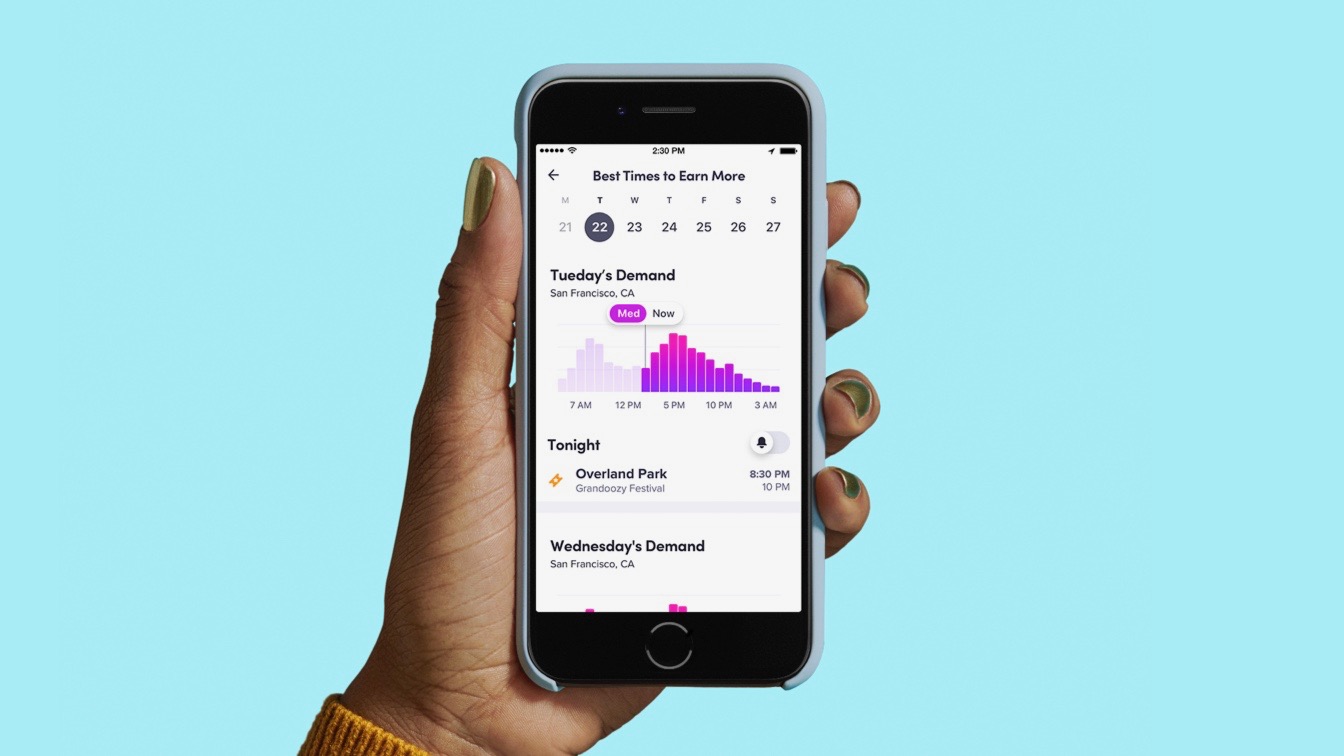

Lyft is adding more features to its app aimed at helping drivers earn more money. The ride-hailing company claims to be adding no less than six new features based on feedback from its in-house Driver Advisory Council. It’s part of an ongoing effort by Lyft to improve support services amid criticism over driver wages and a current lack of benefits.
Lyft already offers in-app tipping, but the company is now offering riders more ways to do it. Beginning December, Lyft will roll out default tipping and in-ride tipping options, with a broader release planned for 2019. Default tipping automatically adds a tip to the fee charged to riders. Lyft claims this will help ensure drivers get their tips even if a rider is in a hurry and forgets.
High ratings help drivers attract more customers, so Lyft will also focus on helping drivers maintain those ratings. In a statement, the company said it would remove each driver’s single lowest rating after 100 trips to prevent so-called “one-off” low ratings from affecting an otherwise good record. Ratings will also default to five stars. If a passenger doesn’t specify a rating, the driver will automatically get five stars for the trip. When a rider doesn’t rate a trip, it’s usually because things went well, Lyft said.
Customers who do specify lower ratings will also be asked for clarification. If a driver receives a low rating because of circumstances beyond their control, such as traffic, the rating won’t be counted against them, Lyft said.
Finally, Lyft is giving drivers more tools to schedule time on the road. The company claims 99 percent of its drivers schedule their work around other jobs, classes, or childcare, so they want to make as much money as possible during the time available. Beginning in December, the Lyft driver app home screen will display available bonuses, local events, potential riders, and a graph showing the anticipated busiest hours of the day. Drivers will also be able to see anticipated hourly demand for the entire week.
The ride-hailing company also recently announced plans to make rental cars more readily available, and to build a network of service centers offering vehicle maintenance and places for drivers to rest. These moves could help address criticism against Lyft’s practice of treating drivers as independent contractors rather than employees and help Lyft steal some drivers from rival Uber.